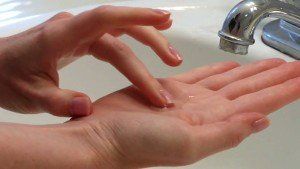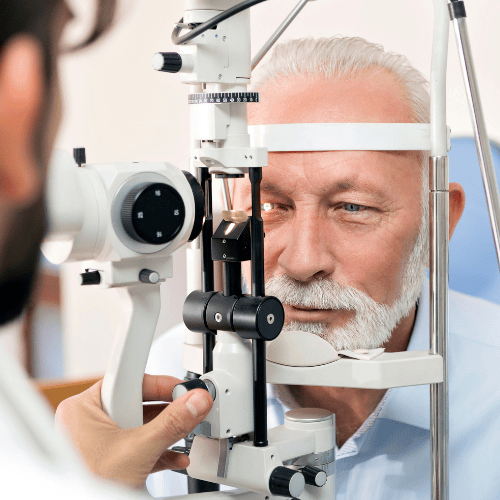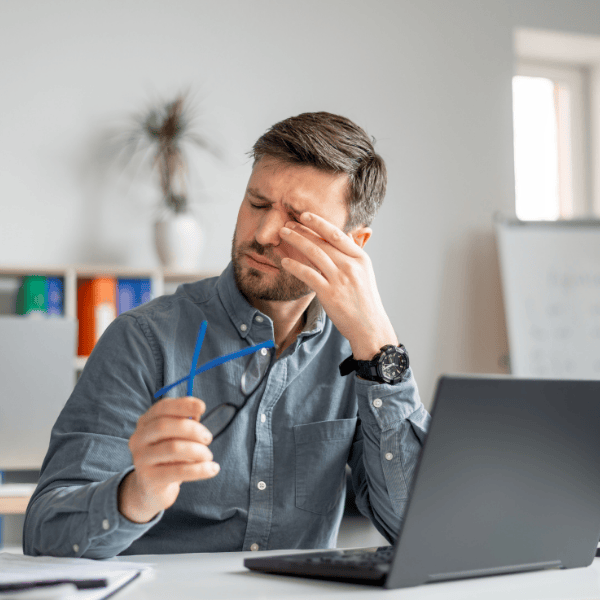SEVEN THINGS YOU REALLY SHOULDN’T BE DOING WITH YOUR CONTACTS

Contact lenses are worn by millions of Canadians. With the newer more comfortable and breathable materials, we are fitting more people than ever before in contacts. Are they safe to use? Generally, yes, but there are things to consider if you are a contact lens wearer – these medical devices do have higher levels of risk vs. glasses. Think you are up on all of them? Read on..
- Wearing your contacts past the recommended replacement schedule
This is a bad idea for a few reasons. As you wear your contacts, they accumulate small amounts of deposits on the surface (and within the lens in the case of soft contact lenses). These deposits contain harmful organisms such as bacteria, fungi, and viruses. The dirtier the lens, the more likely you are to contract an eye infection which could be difficult to treat.
- Sleeping in your contact lenses
Overnight wear is stressful to the corneal surface due to lack of oxygen. This makes your eyes more likely to contract infections or other types of acute and chronic damage. Contacts designed for overnight wear are safer, but they don’t work on everyone – they need to be properly fit and monitored by an optometrist before overnight wear is approved.
- Not rubbing the contact lenses after wear
Except with daily disposables, all lenses that are removed nightly need to be cleaned with a few seconds of digital rubbing with the appropriate solution. This is an important step in keeping the lenses clean enough to wear until the next one, two or four week cycle when they are to be discarded.
- Swimming/using hot tubs with contact lenses in
Water contain micro-organisms that could invade your eyes through your contact lenses and cause serious eye infections, that may in fact cause permanent loss of vision. These infections are rare, but they have been seen in both our clinics. Daily disposables limit the risk because they are discarded frequently enough to avoid having the harmful organisms multiply on the surface of a contact lens over several days. Chlorinated pools are also safer, but it’s best to wear goggles over your contacts while swimming (did you know prescription goggles are available?). For the same reason, NEVER use tap water in a pinch to store your contact lenses!
- Applying makeup too close to the eye’s surface
Avoid applying eye liner to the area on the inside of your lash-line. This can cause the makeup to adhere to the surface of the contact lens, get trapped in between the lens and your eye and cause irritation.
- Only seeing an optometrist every few years
As contact lenses are medical devices that may only be sold by prescription, your contact lens wear needs to be monitored in order to ensure that your prescription may be safely renewed. Problems developing on the surface of your eyes may not present with any symptoms in the early stages. Also, several years of successful problem-free contact lens wear does not mean that you can successfully wear them the same way next year – as our eyes age, they change and what worked in the past may actually cause significant problems in the future.
- Using any type of eye drop over your contact lenses
Not all eye drops are safe to use with contact lenses in. Some may bind to the lens surface and cause toxic effects on your cornea and conjunctival surface. Most eye drops are designed to be used within the eye then get flushed out quickly as the blinking action sweeps the medication out of your eyes. A contact lens can interfere with the eye’s natural flushing mechanism and trap the drop in between the lens and your eye. Only use drops approved for contact lens wear, which are usually preservative-free. Better yet, see one of our eye doctors for advice on what type of drop to use for the problem you are experiencing.











